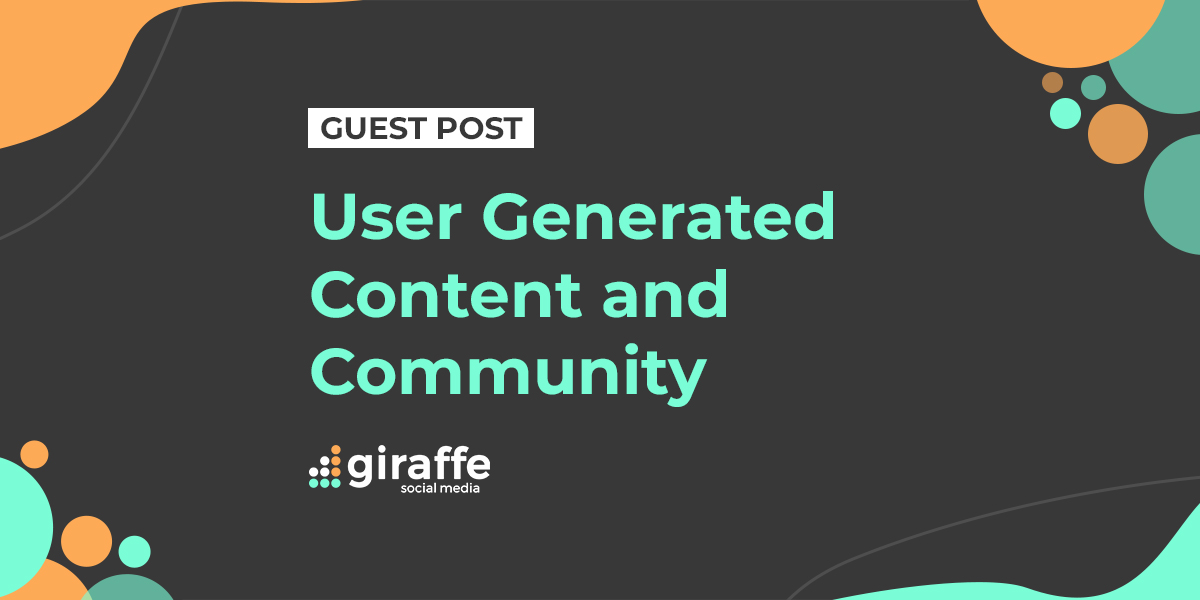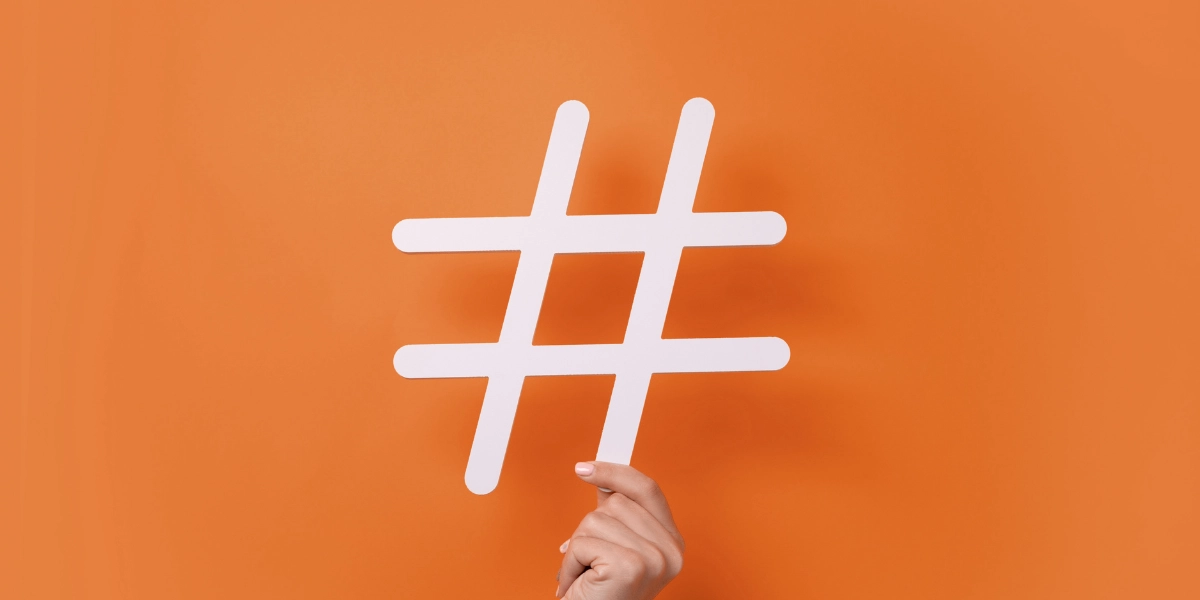Creating community through UGC (User Generated Content) during COVID-19
This is a guest post kindly written by friend of Giraffe, Professor Debika Sihi of Southwester University in Texas. You can read our expert interview with her over on this post.
Normal routines have changed. A few months ago, your day may have started by picking up a cup of coffee at the corner bakery or spending Saturday morning on a trail maintained by a local nonprofit. Now that coffee is brewed at home, and you may substitute that trail run for backyard yoga, anticipating an over-crowded trail, making social distancing difficult. However, you still love the corner bakery, and you hope you can return to the trail soon. While consumers and brand advocates may not be able to engage with products, services, and physical locations in the same way, organizations are relying on them for ideas, inspiration, and brand advocacy through online channels.
Brands and UGC during COVID-19
National brands are leveraging user generated content in their marketing strategies and even asking for help in developing advertising campaigns. Customers as co-creators of products, services, and brand messaging is not a new concept. Online forums and connected consumers have made such partnerships viable. Think of Frito Lay’s “Do us a Flavor” contest or Unilever’s open innovation platform where consumer insights are utilized in product development. Further, social media influencers and everyday consumers often post about products and services, enhancing awareness and affinity for brands. During this time of COVID-19, user generated social media content is being utilized not only as a method of brand advocacy but also as vehicle through which to recreate community.
User Generated Content and the Creation of Community
As I scrolled through my social media feed this morning, I saw a friend’s Instagram post featuring a delightful breakfast of biscuits and jam from the local bakery and another friend’s Facebook post highlighting her participation in a Zoom barre class with her studio. There are longstanding debates about the motivation behind Instagramming one’s meal or workout, whether that be sharing an experience, an effort to signal comradery, or a humble brag about one’s achievement. However, as of late, these posts have a different tone. Rather than highlighting the novelty of the Instagram poster’s breakfast, the post is a nod to the jam maker and a nudge to the poster’s social network to purchase some biscuits. The barre class post offers kudos to the instructor who is still hard at work creating Zoom-able (is that a word? 😊) classes, rather than a personal fitness achievement. Posts can replicate “normal” routines, lost in social distancing, while simultaneously promoting community brands and organizations. Social media feeds are becoming visual canvases representing products, places, and services that define neighborhoods, cities, or boroughs. While beneficial for the brands and organizations, this also offers a sense of normalcy for individuals. Further, it offers consumers a small way to “do good” in a time where we desperately need to support one another. Through their content, individuals can remind others of organizations that need support and can help preserve a community that is transitioning from offline to online. So, write a post about that tasty zucchini from the local farm delivery service or recognize that terrific sandwich you ordered for curbside pick-up. Remind us all about the corner bakery and the nearby trail. Remind us about a community that is adapting and finding new ways to thrive.





